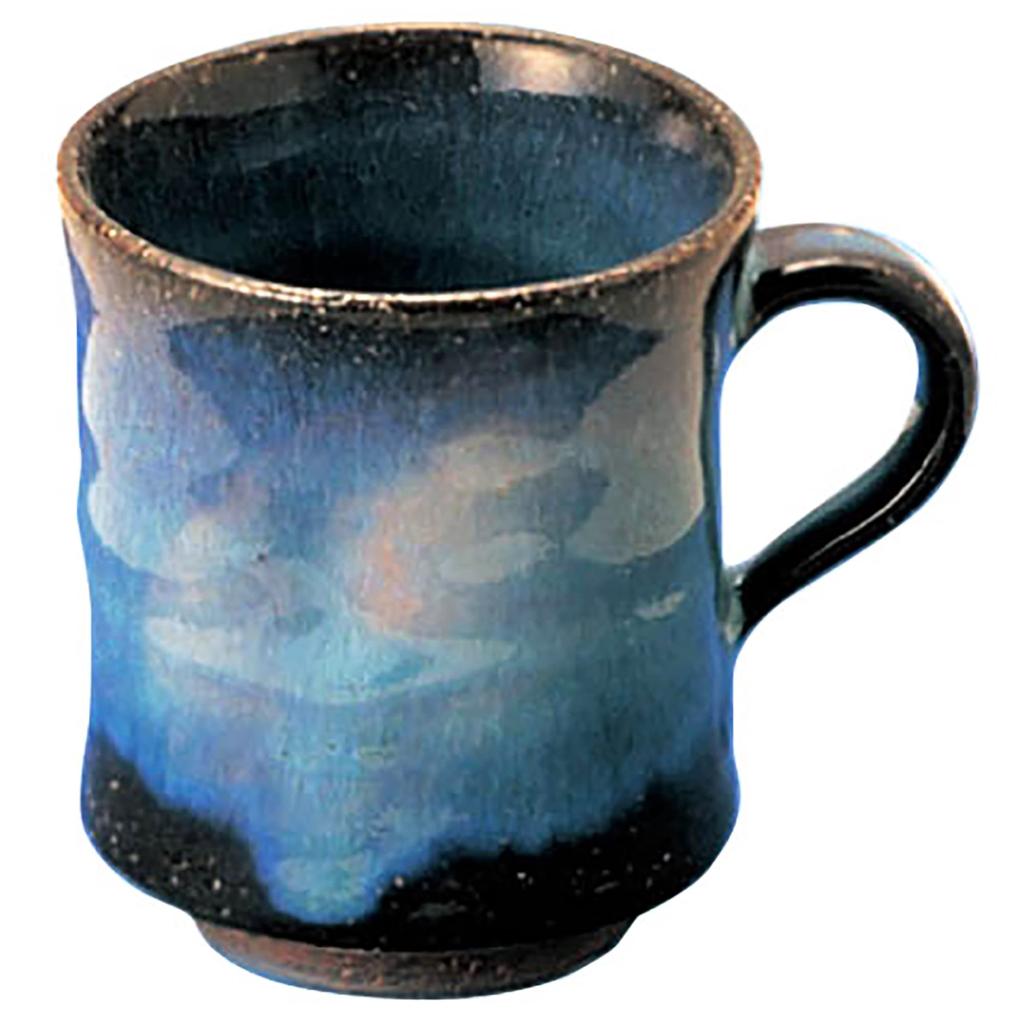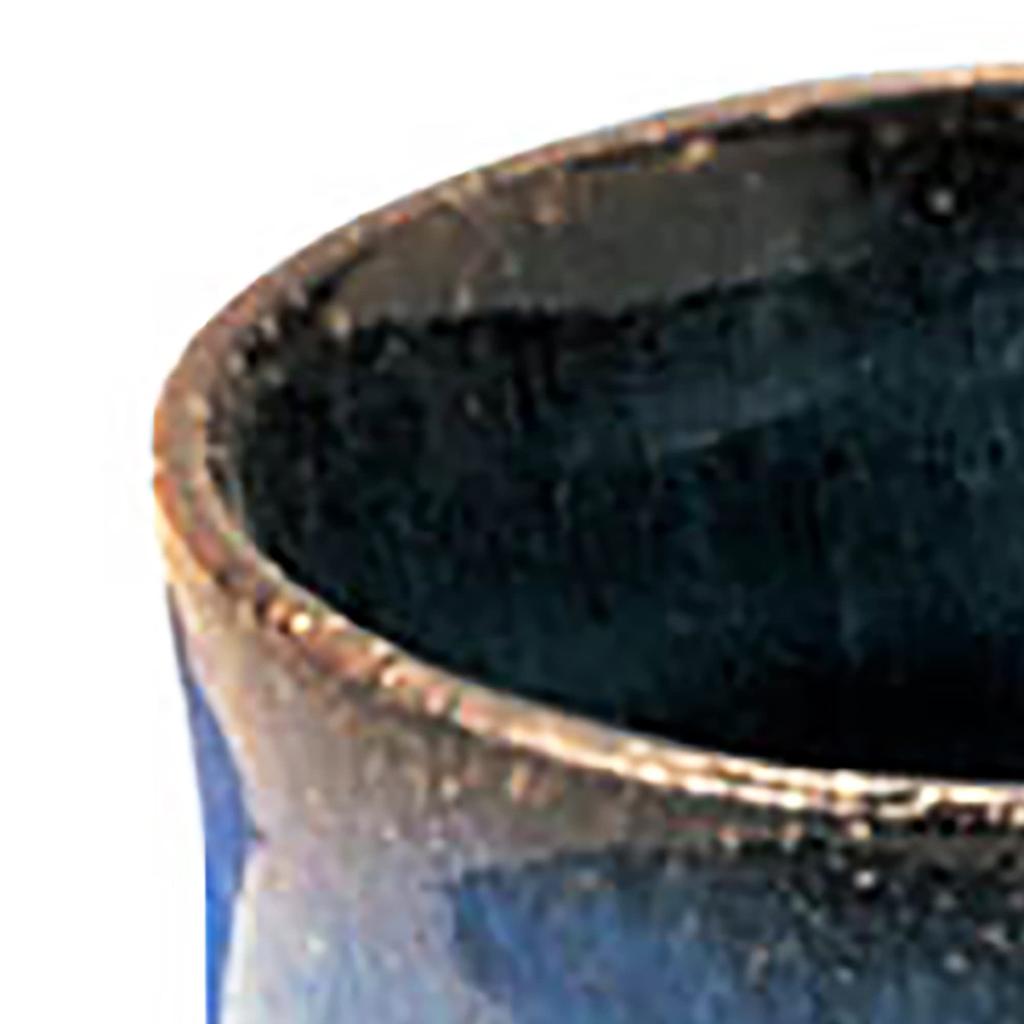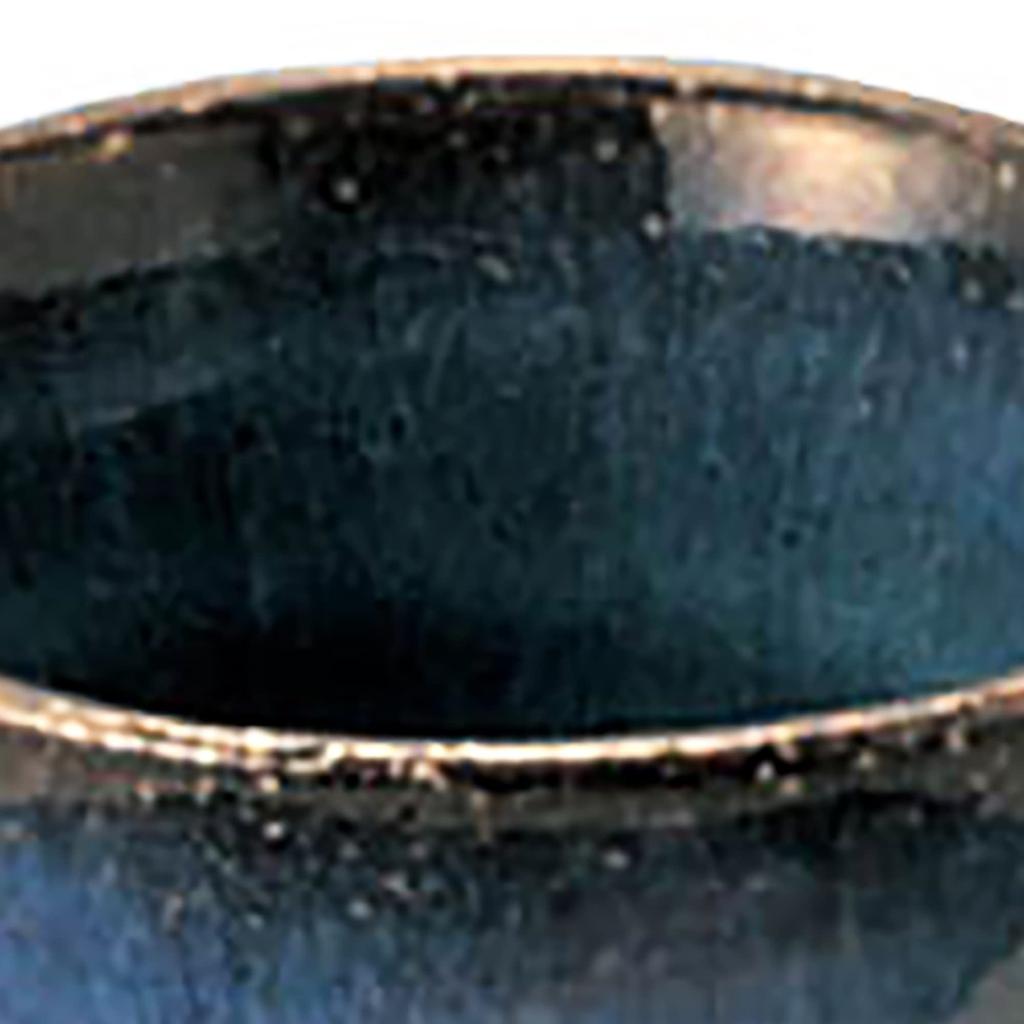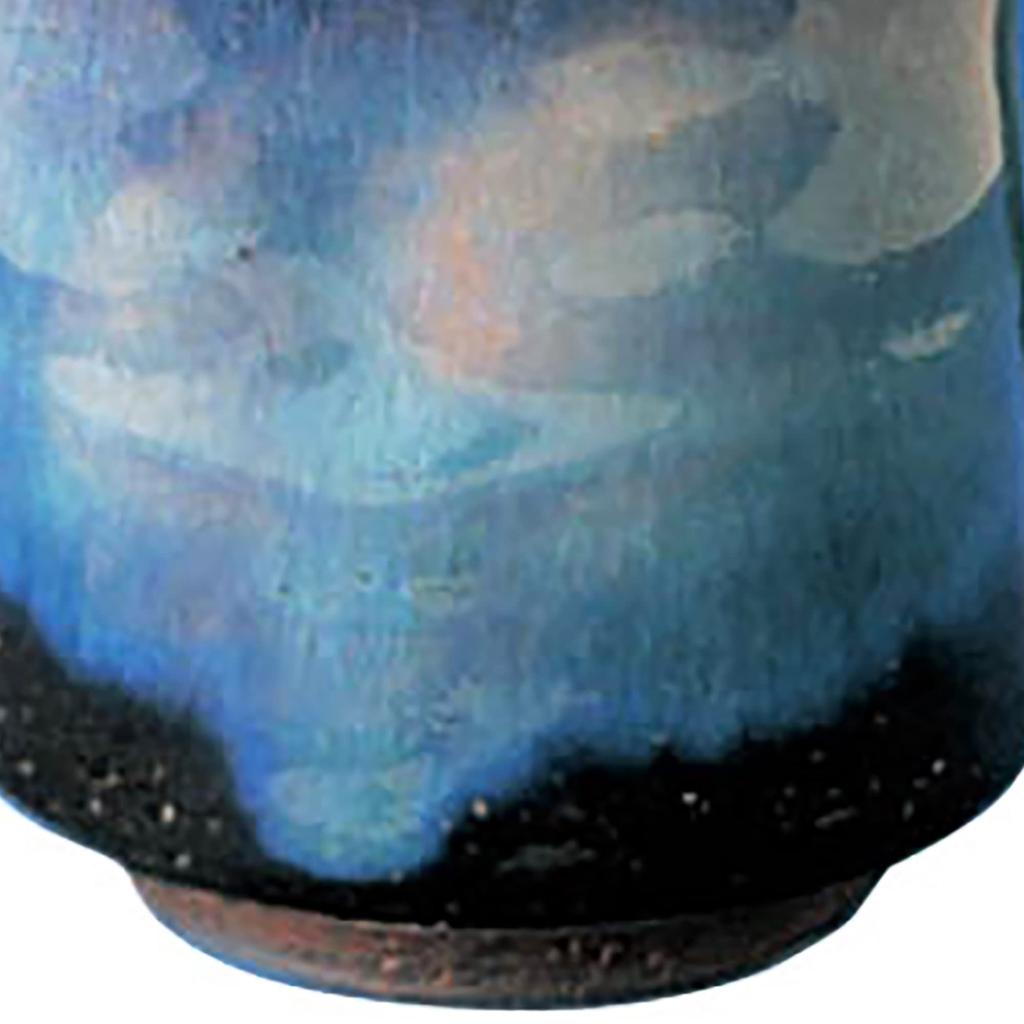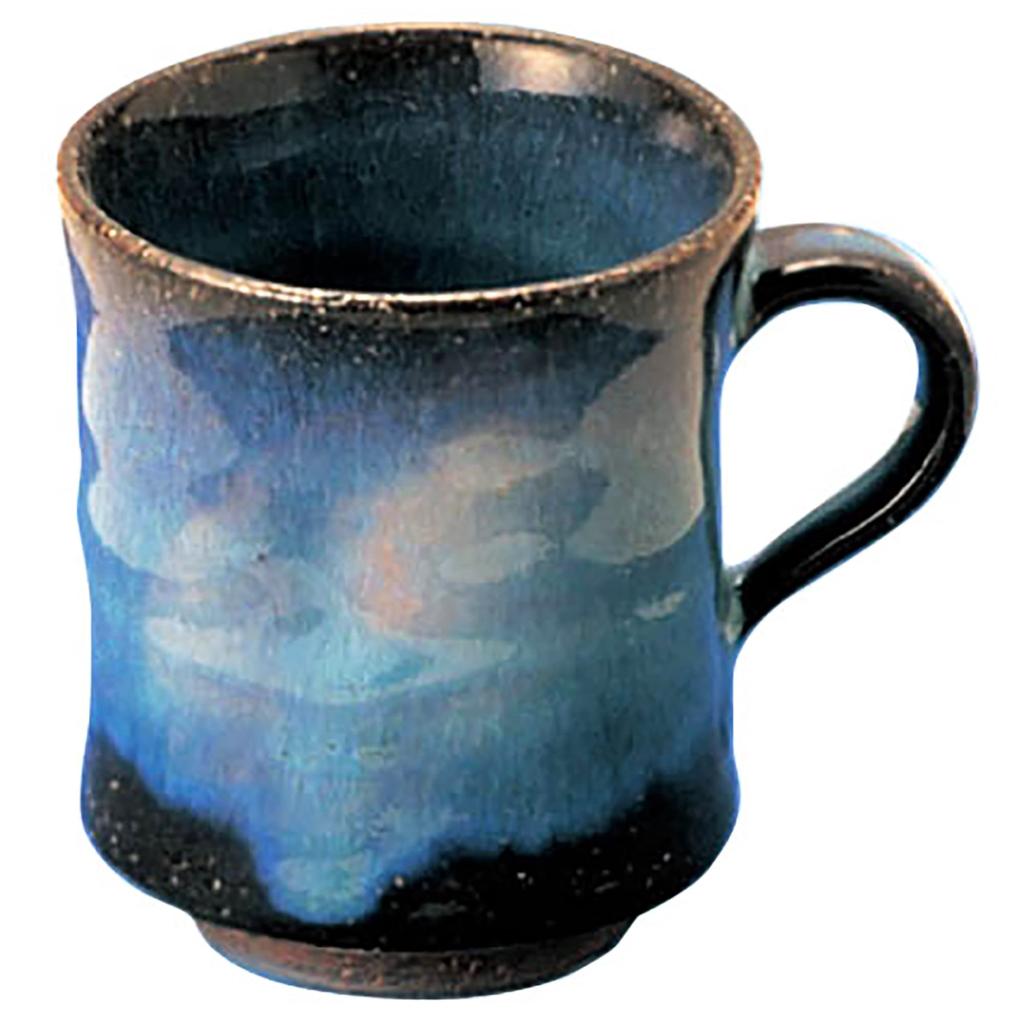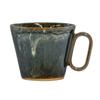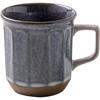The history of Hagi ware dates back to the Keicho era, when potters from Korea established a kiln for the Mori clan, producing Goryeo-style tea ware. Hagi ware is characterized by the softness and absorbency of the clay after firing. Fired at a high temperature for a relatively short time, preserving the earthenware character, the product feels soft to the touch, and the clay retains heat well because it is not over-fired. Because of its absorbency, over the years of careful use, the color and appearance of the pottery change, known as "cha-nare" (tea-acclimation) or "Hagi no Nanabake" (the seven changes of Hagi). The color of Hagi ware is created by the fusion of the clay and glaze, so no two pieces are exactly alike. Please allow for slight variations in color, size, and capacity due to firing.
Hagi Ware
Mug
Country of Origin: Japan
Material: Ceramic









